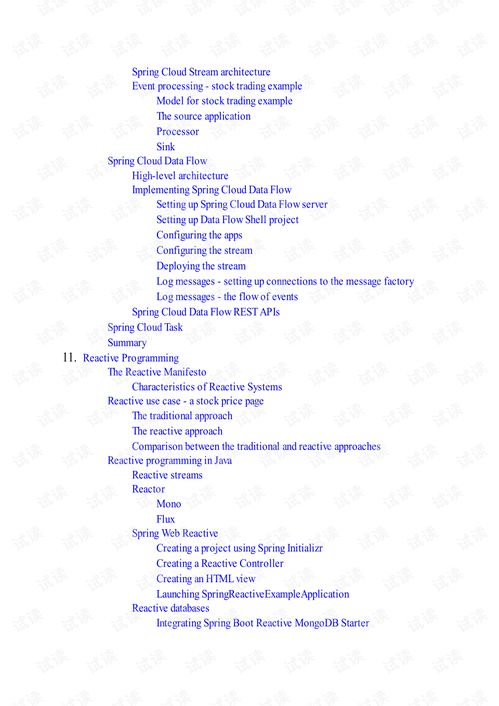Content:
Introduction: Fishing is not just about the thrill of the catch; it's also about the satisfaction of enjoying a delicious meal. The taste of your fish can vary greatly depending on how you handle it from the moment it's caught to the time it's served. In this article, we will delve into various fishing techniques and tips to help you enhance the flavor of your catch, ensuring a truly memorable dining experience.
Choosing the Right Location The first step in ensuring a tasty fish is to select the right fishing spot. Look for areas with abundant forage fish, as these are the primary food source for larger fish. Consider the time of day, season, and weather conditions to optimize your chances of catching fish that are more likely to taste better.

Proper Bait Selection The type of bait you use can significantly impact the flavor of your fish. Live bait, such as worms, minnows, or crickets, can often provide a more natural and flavorful taste compared to artificial lures. However, if you prefer artificial baits, choose those that closely mimic the natural prey of the fish you're targeting.
Technique for Catching The way you catch a fish can affect its taste. Here are some techniques to consider:
- Use a light line: A heavier line can cause more damage to the fish's flesh, leading to a tougher texture and less flavor.
- Avoid rough handling: Be gentle when playing your fish to the boat or shore. Rough handling can cause internal injuries and stress, which can negatively impact the taste.
- Keep the fish in the water: If possible, keep the fish in the water while removing the hook. This minimizes the amount of time the fish spends out of the water, reducing stress and preserving its freshness.
Handling and Storage Proper handling and storage are crucial to maintaining the quality of your catch:
- Gut and clean the fish as soon as possible: This helps to remove any impurities and retain the fish's natural flavors.
- Use a sharp knife: A dull knife can cause more damage to the fish's flesh, leading to a less desirable taste.
- Keep the fish cold: Place the cleaned fish on ice or in a refrigerator to slow down bacterial growth and preserve freshness.
- Consider freezing: If you can't use the fish immediately, freezing can be a good option. However, ensure the fish is properly wrapped and stored at the correct temperature to maintain its quality.
Cooking Techniques The way you cook your fish can make a significant difference in its taste:
- Choose the right cooking method: Grilling, baking, sautéing, or poaching can all enhance the flavor of your fish, depending on your preferences.
- Season wisely: Use fresh herbs, spices, and citrus to bring out the natural flavors of the fish. Avoid overpowering flavors that can mask the fish's taste.
- Cook to the right temperature: Overcooking can lead to a tough texture and diminished flavor. Use a meat thermometer to ensure your fish is cooked to the perfect temperature.
Presentation and Serving The way you present and serve your fish can also enhance the dining experience:
- Plate the fish attractively: Use a clean plate and garnish with fresh herbs or vegetables to make your dish look appealing.
- Serve promptly: Freshness is key to enjoying the best-tasting fish. Serve your dish as soon as possible after cooking.
Conclusion: By mastering these fishing techniques and tips, you can significantly enhance the flavor of your catch. Remember, the journey from the water to the plate is just as important as the fishing itself. With a little patience and attention to detail, you'll be able to enjoy a delicious meal that showcases the true taste of your fishing adventure. Happy fishing and enjoy your meal!












